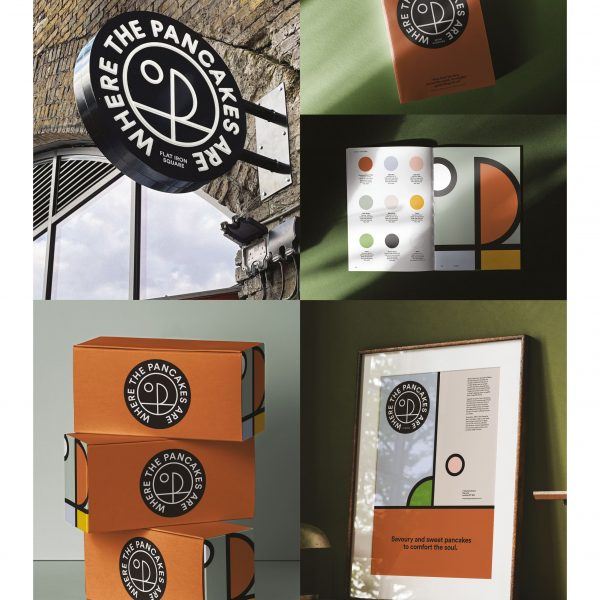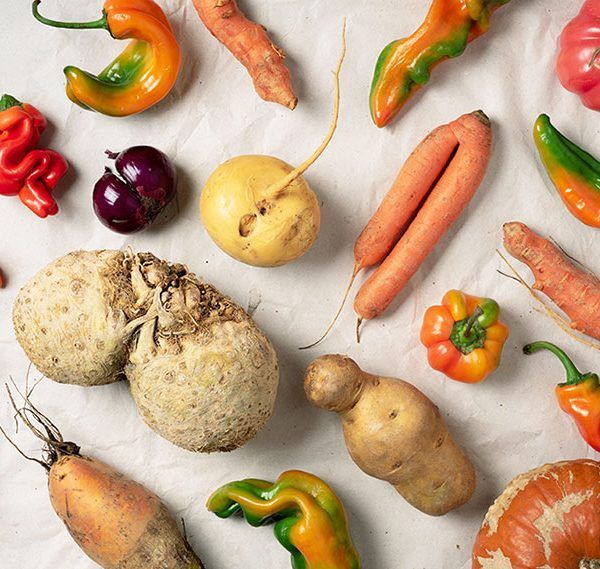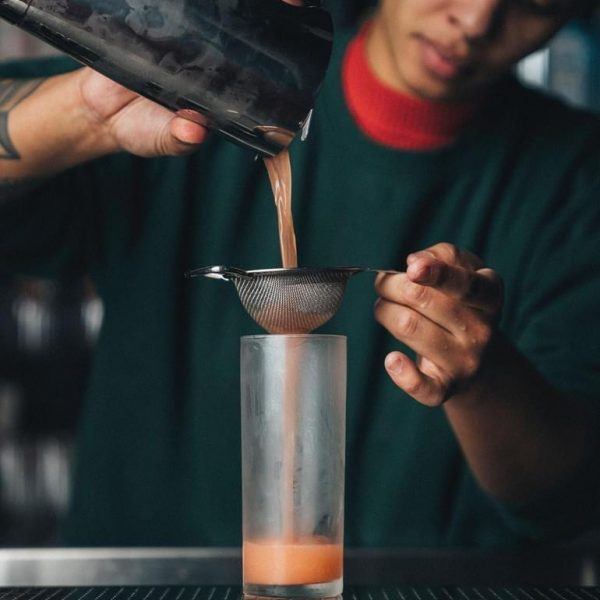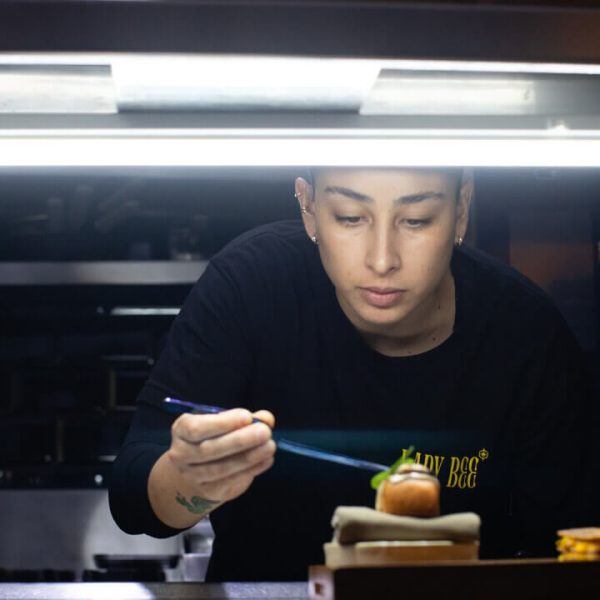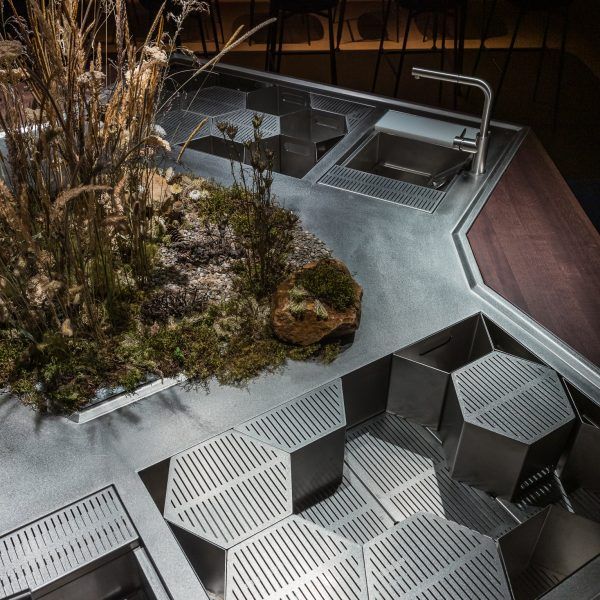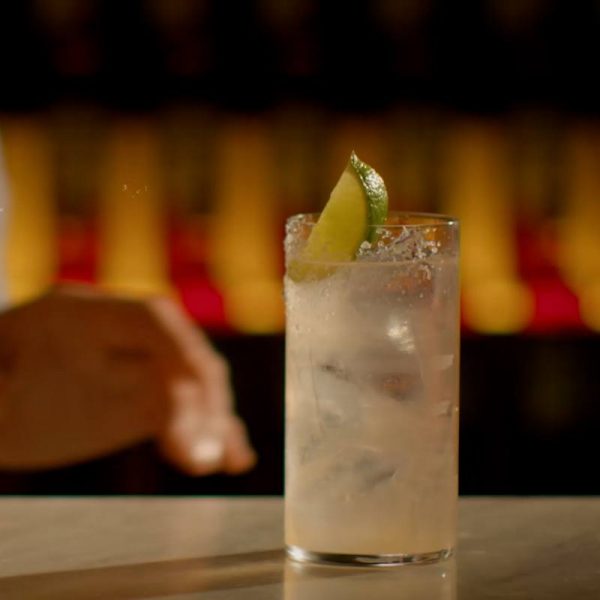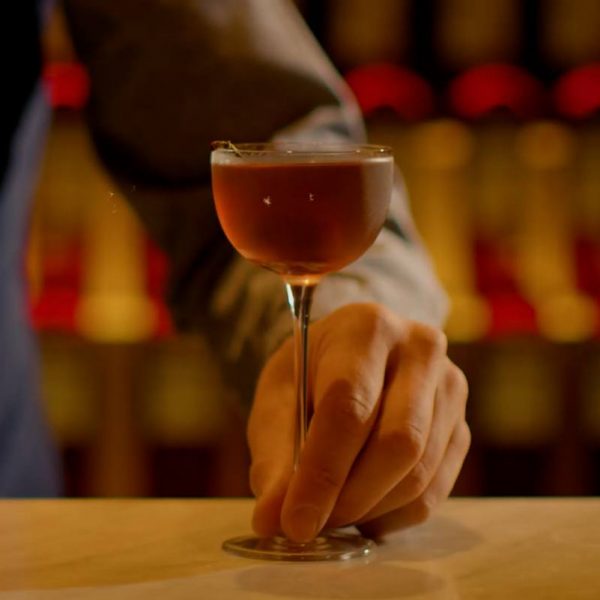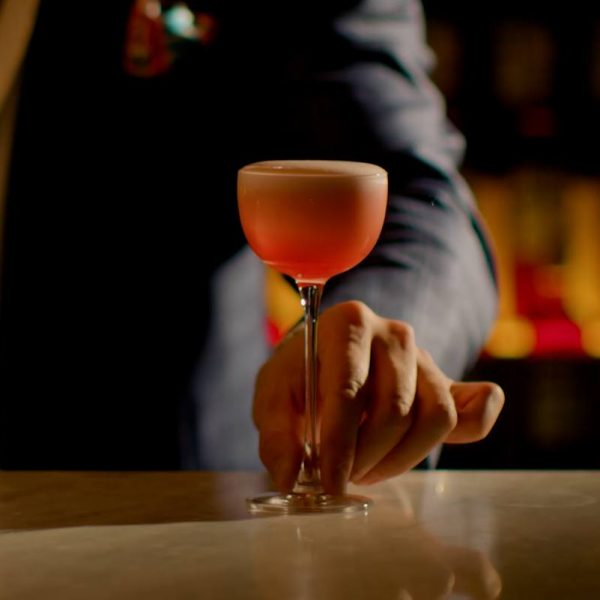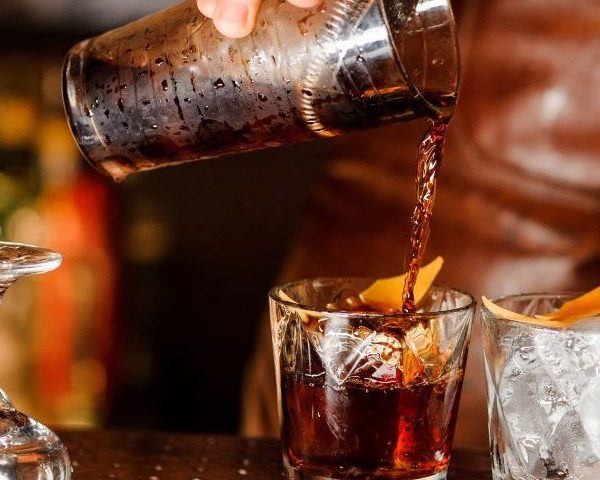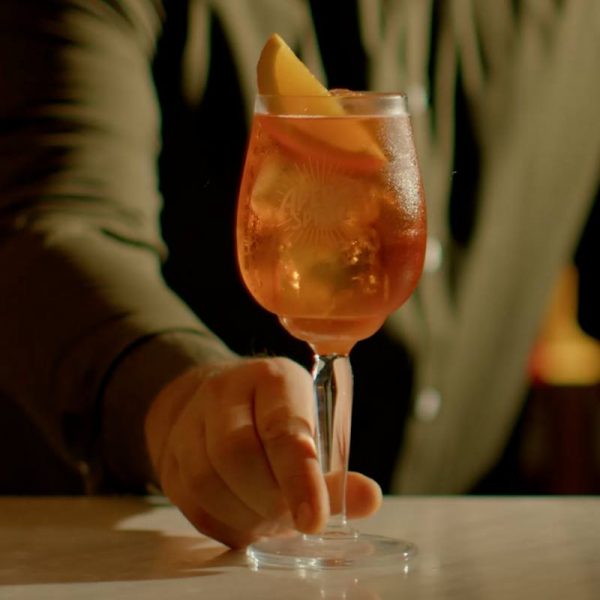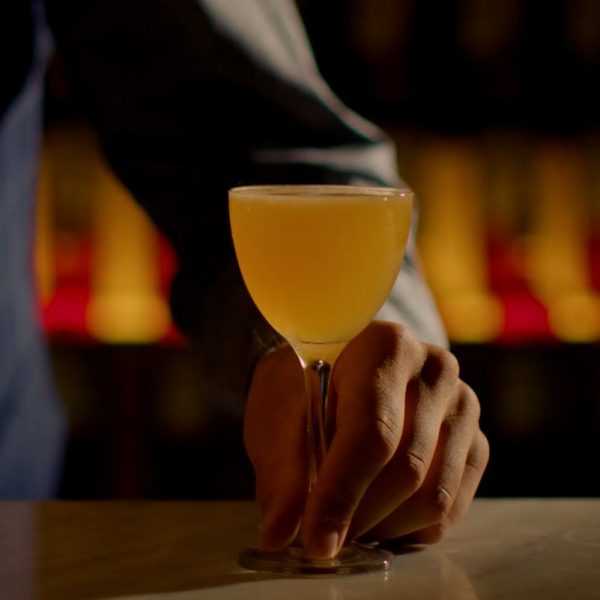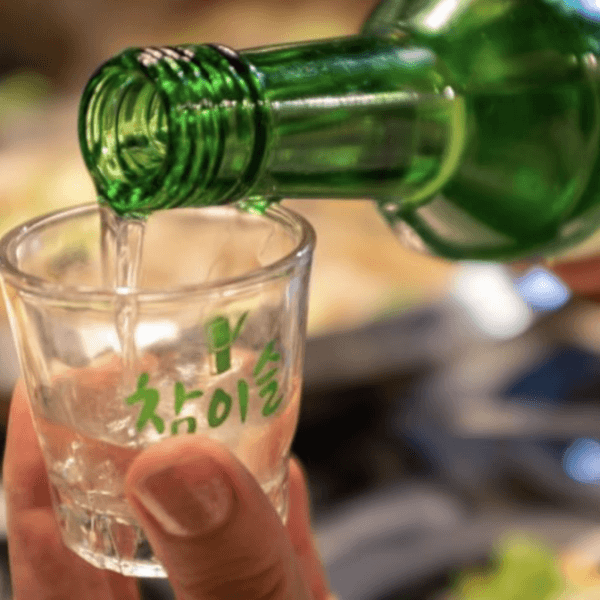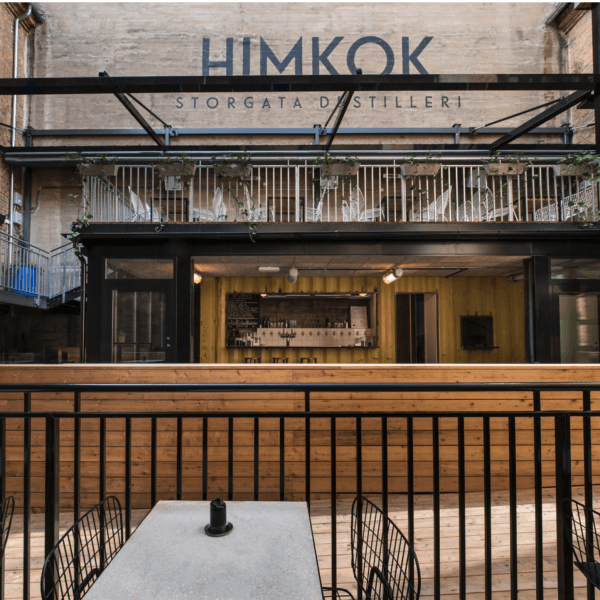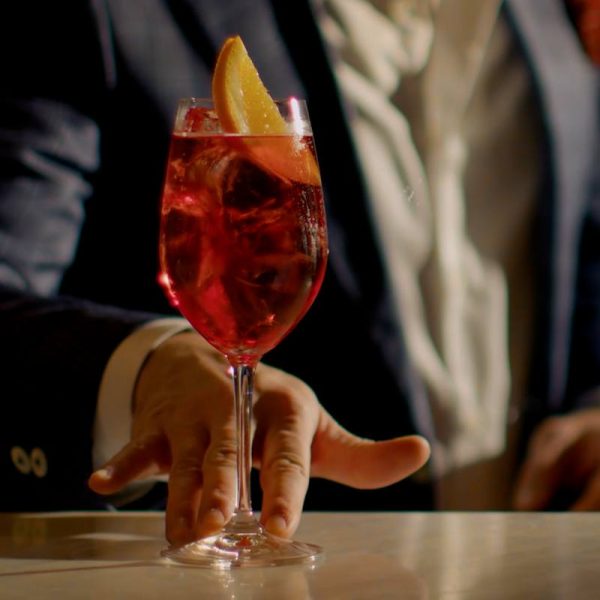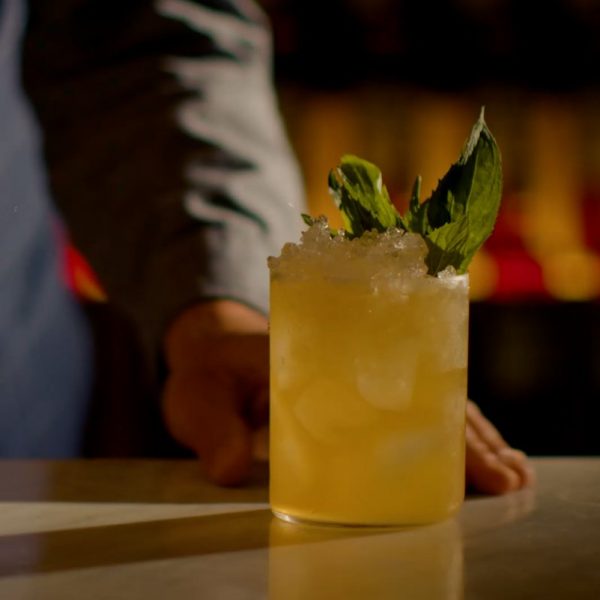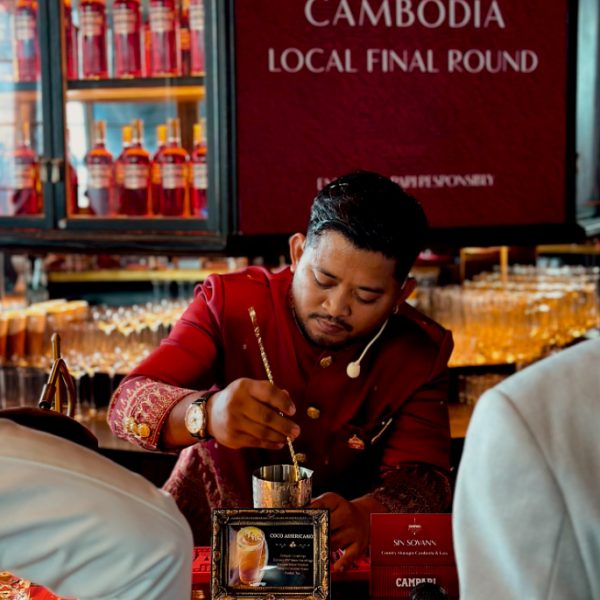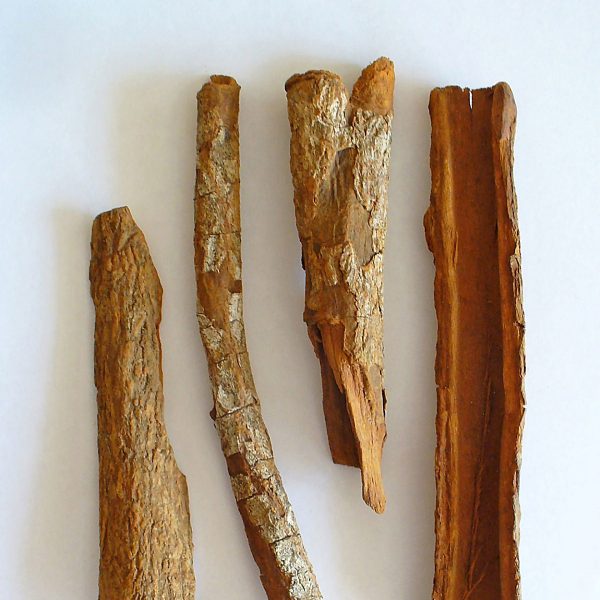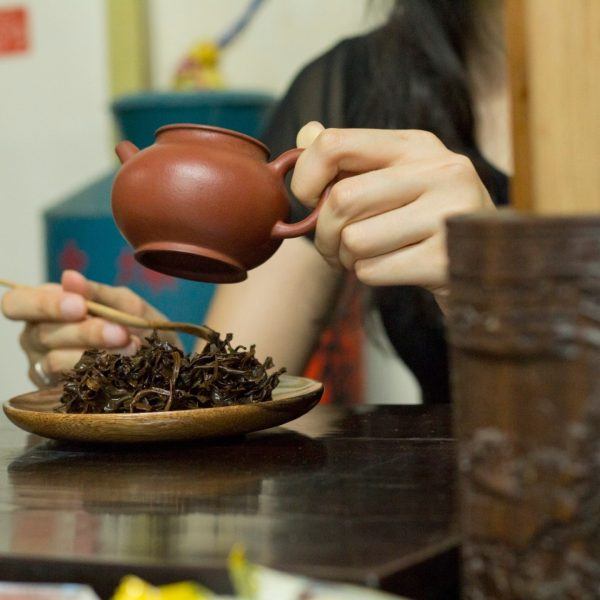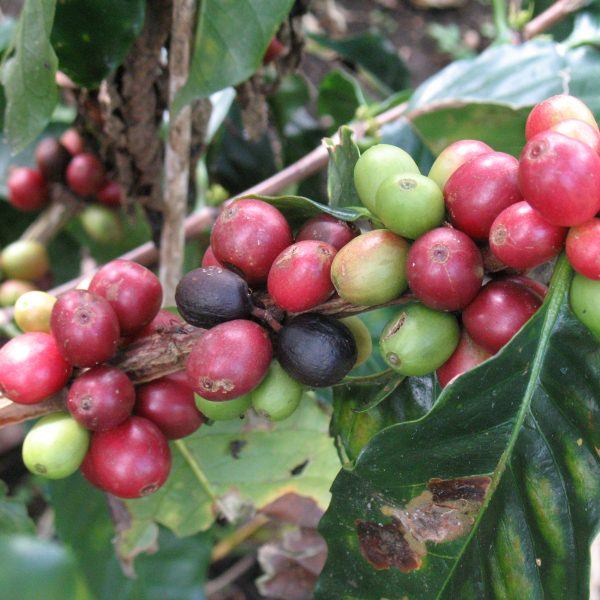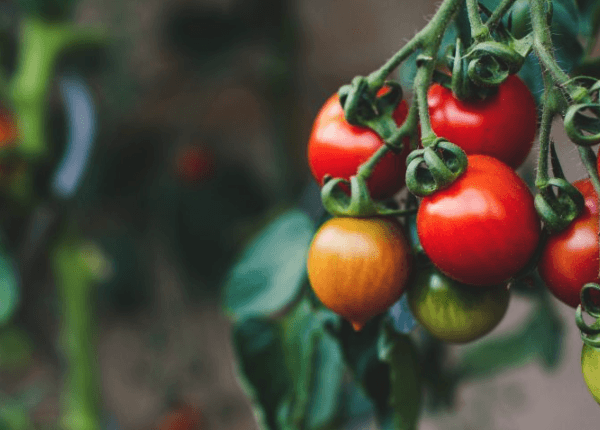Extracting flavour: Marcis Dzelzainis on how to use an alembic still
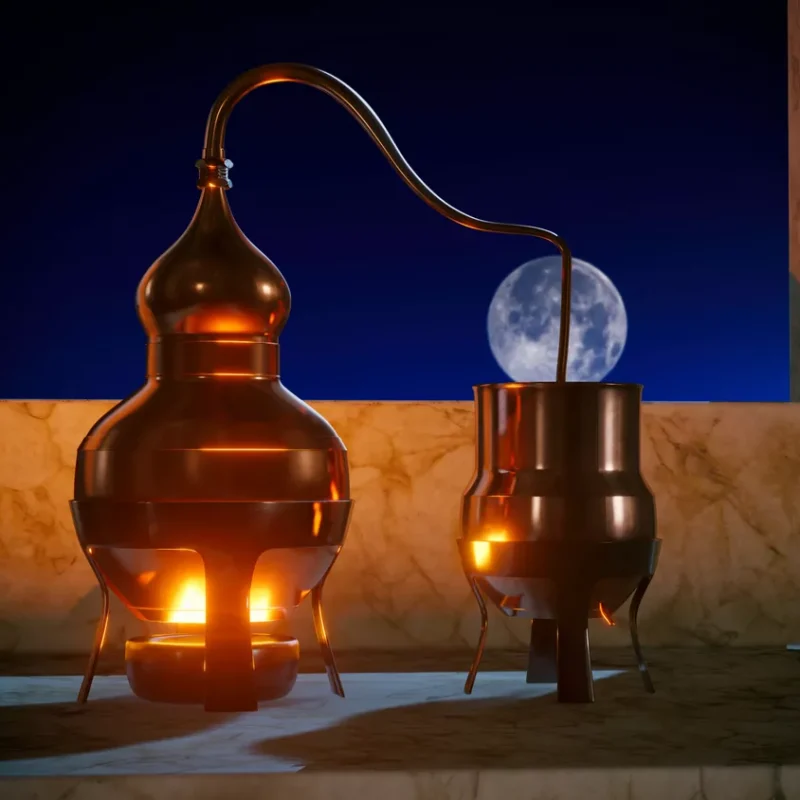
For the sixth installment of our extracting flavour series, bartender and co-founder of Idyll Drinks Marcis Dzelzainis talks alembic stills, from its origins to creating hydrosols and hydrolats – and how it compares to the rotovap.
If you’ve visited distilleries, the most common type of still you’re likely to have come across is the alembic still. Consisting of a boiling chamber, still head, swan neck and worm condenser, it is believed that the earliest iterations date back to the ancient Babylonians/Egyptians. From there it passed onto the ancient Greeks and then the Islamic empire in 800 AD whereby the design was perfected by Arab alchemist, Jabir ibn Hayyan.
The word ‘alembic’ approximately translates as ‘that which refines, which transmutes’. The products made by the Arabs at the time, were predominately used in cosmetics and it wouldn’t be till much later that in Europe, circa 1600, the still was used to concentrate fermented products such as wine, and to create eaux de vie.
Throughout history, the alembic still has alternatively been used to distil both alcoholic and non-alcoholic materials. Whilst you are most likely familiar with the gamut of alcoholic spirits the alembic still is used to distil, it is also used to distil products such as orange flower water and rose water. These non-alcoholic products fall into two categories: ‘hydrosols’ and ‘hydrolats’.
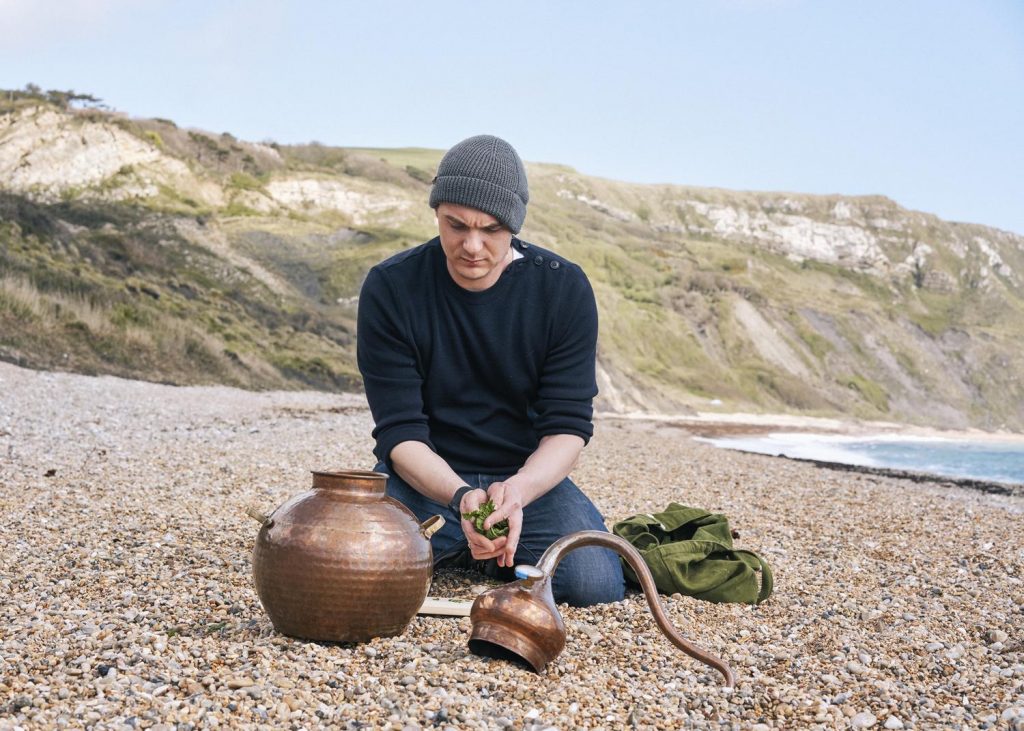
What’s the difference?
When distilling a water-based distillation such as rose water with an alembic still, two products are captured. One is a small quantity of the rose’s essential oil, and the second is what is called a hydrosol. Because the essential oils are hydrophobic, they do not mix with the water and float atop the hydrosol. Whilst these essential oils are extremely time consuming to produce, because of their concentration, the hydrosol also contains a high amount of aromatic compounds from the base material distilled.
A hydrolat is made by vigorously mixing the essential oil with a larger amount of water. As the two elements mix, the essential oil effectively washes the water, and in the process transfers some of its aromatic compounds. Many commercially available rose and orange flower waters are made in this manner.
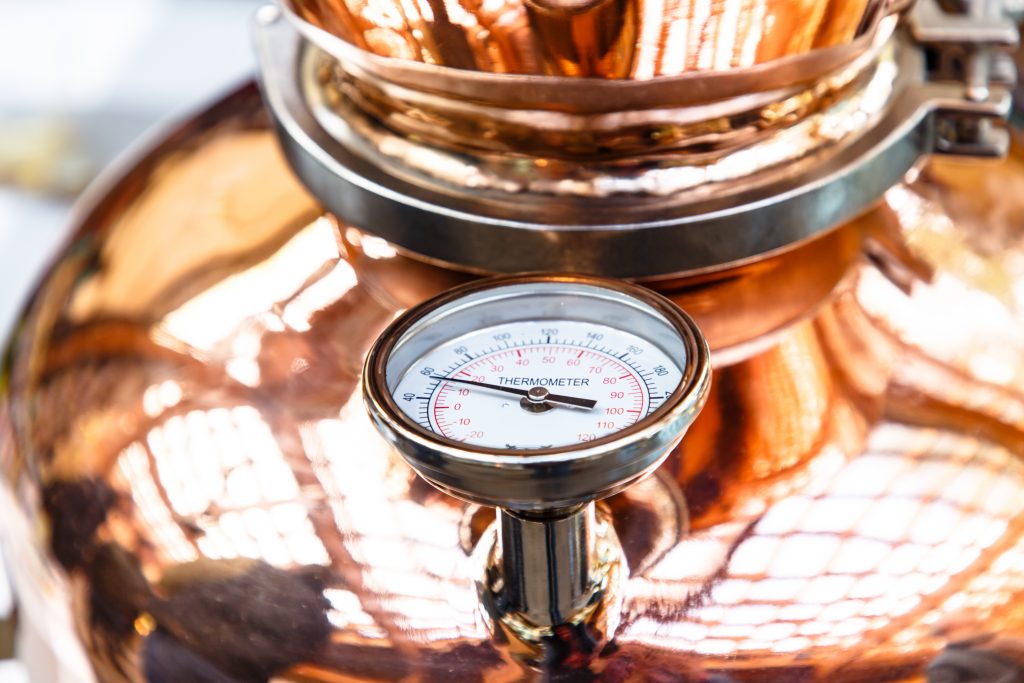
Choosing your still
Using an alembic still to produce hydrosols is easy and relatively inexpensive. There are many online sellers that produce good quality copper alembic stills, exactly for this purpose. However, as a word of caution, I recommend vetting the seller before purchase to ensure that no toxic lead has been used in the soldering process during manufacture.
A good still should come with a guarantee from the maker that this is the case. I would recommend starting with a small scale 5L still to start, as you would need a fair amount of organic material to produce even a small quantity of hydrosol. As a rough guide, expect to produce 100ml or hydrosol per 100g of organic material (although this will vary according to what you distil). Also ensure that you used plenty of water in the distillation process, at least three times that of the organic material to avoid the still running dry and burning. The other parameter to be aware of, is whether your still has a vapour basket, which usually fits into a removal column between the boiling chamber and hat. This is useful for more delicate organic materials that disintegrate when in contact with a direct heat source.
In terms of recommendations for a heat source, I would also recommend investing in a heavy-duty hot plate and making sure it’s not an induction hob as these will not work with copper.
The alembic still is a great way of exploring a whole range of herbs and spices. I have had great success with products such as basil, Douglas fir, red sandalwood and pink peppercorn. So go ahead and experiment, it’s a great way to add complexity to both your alcoholic and non-alcoholic drinks.
Pros:
- It’s a cost-effective piece of equipment that allows you to explore a wide range of ingredients
- You can add complexity to your non-alcoholic offering
- The approach is more organic compared to a rotovap as you have to use your intuition more
- It cuts down on waste by distilling your herbs rather than using them fresh, so you can keep the distillate for months rather than days
- It works well with ingredients that have a high essential oil content
- Fractional distillation allows you to isolate the precise ‘cut’ you are after
Cons:
- Even with a vapour basket, some organic materials are too fragile to survive contact with direct heat or steam
- Some poorly made stills have lead soldering, which is toxic, so always check with the manufacturer
- Compared to a rotovap it is less energy efficient
- Keeping the worm condenser chilled requires a constant flow of cold water or ice
- There can be vapour leaks if the hat isn’t sealed properly
- It requires more attention during the distillation process than the rotovap

